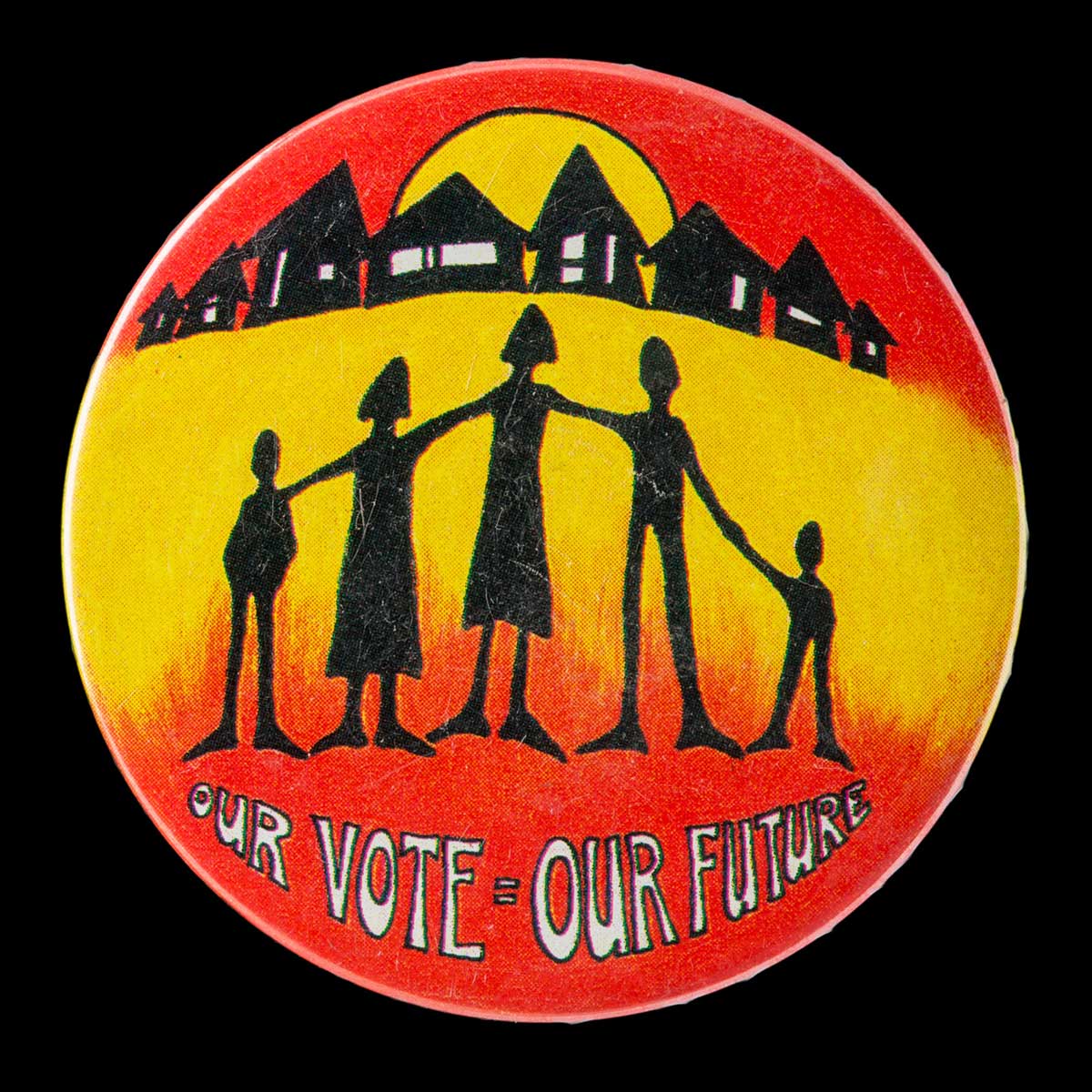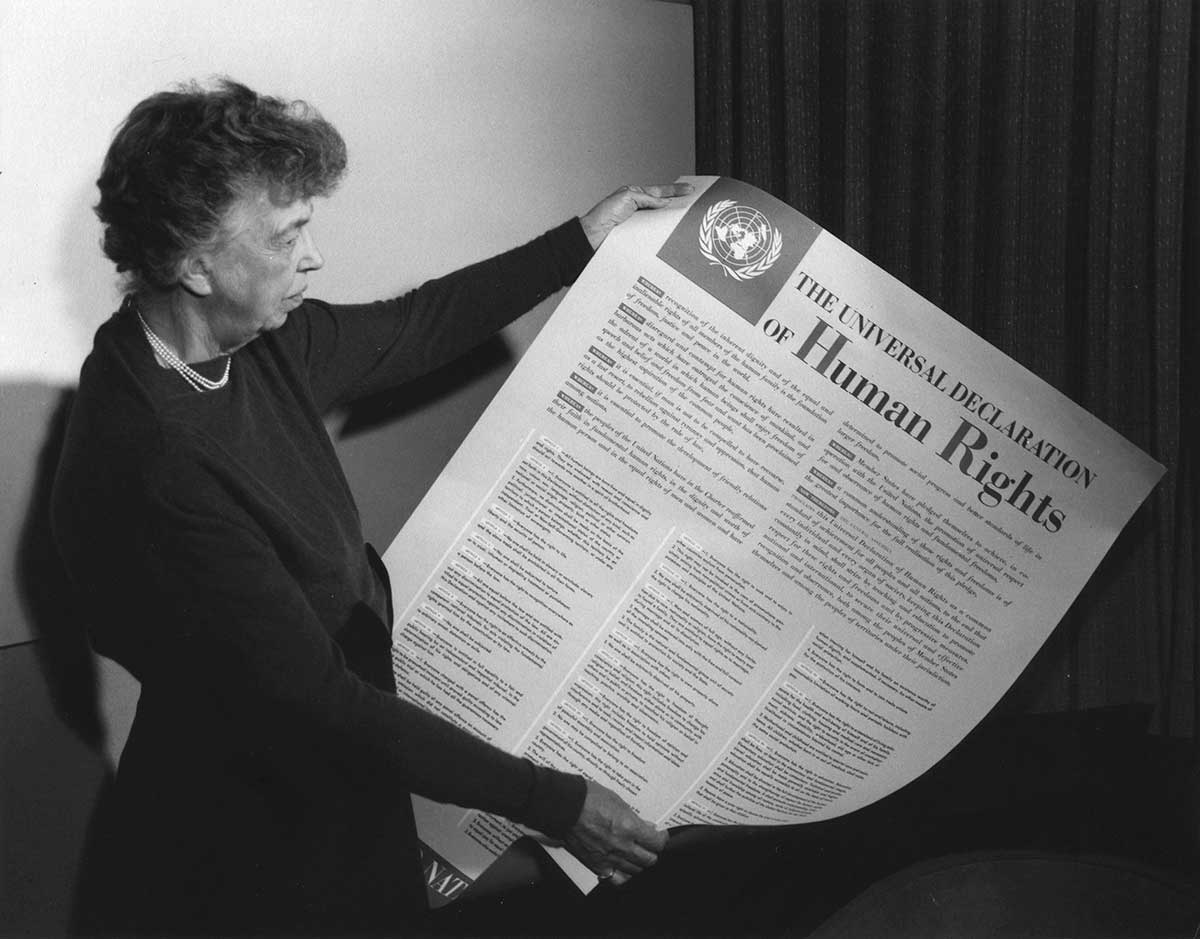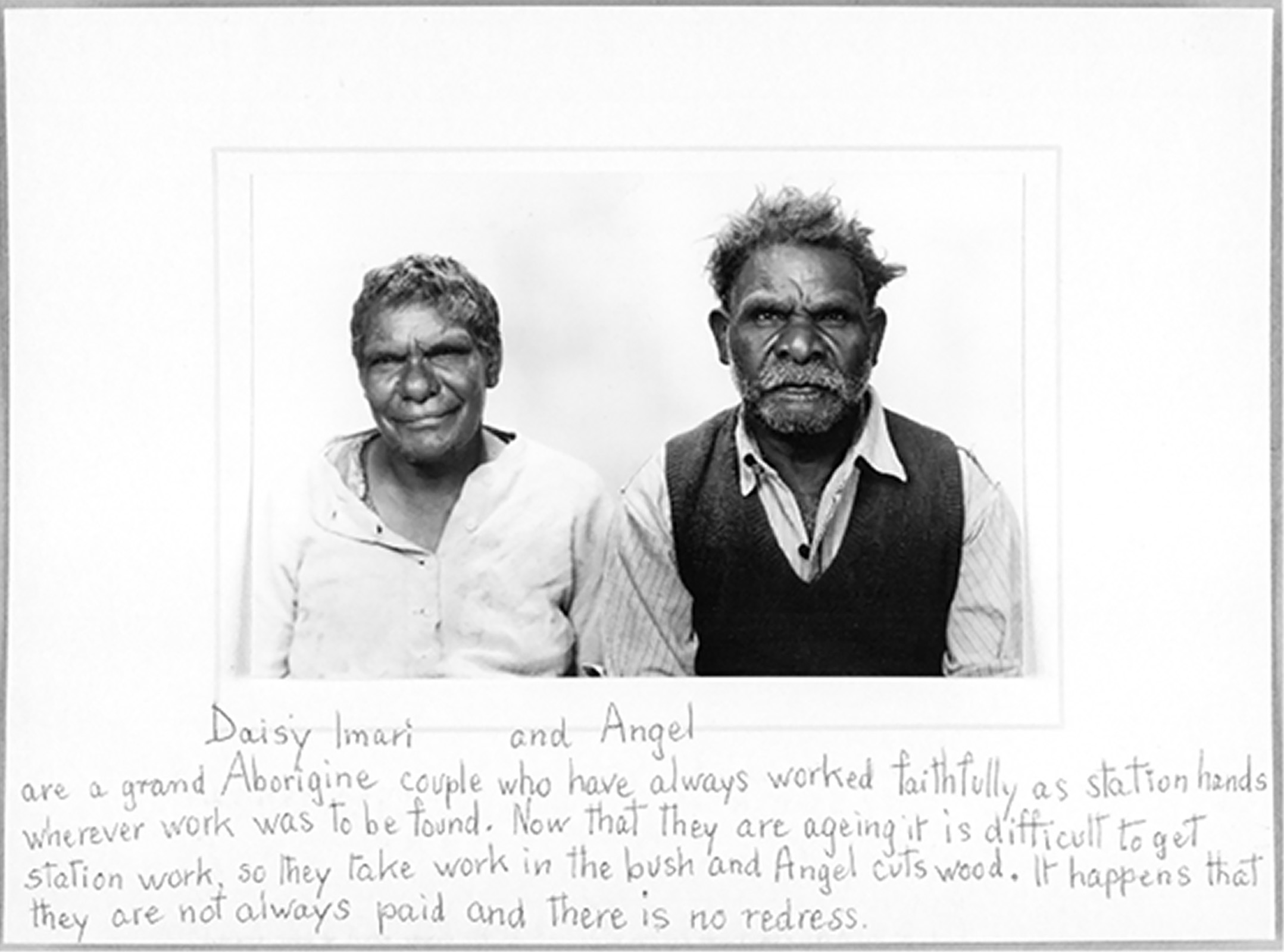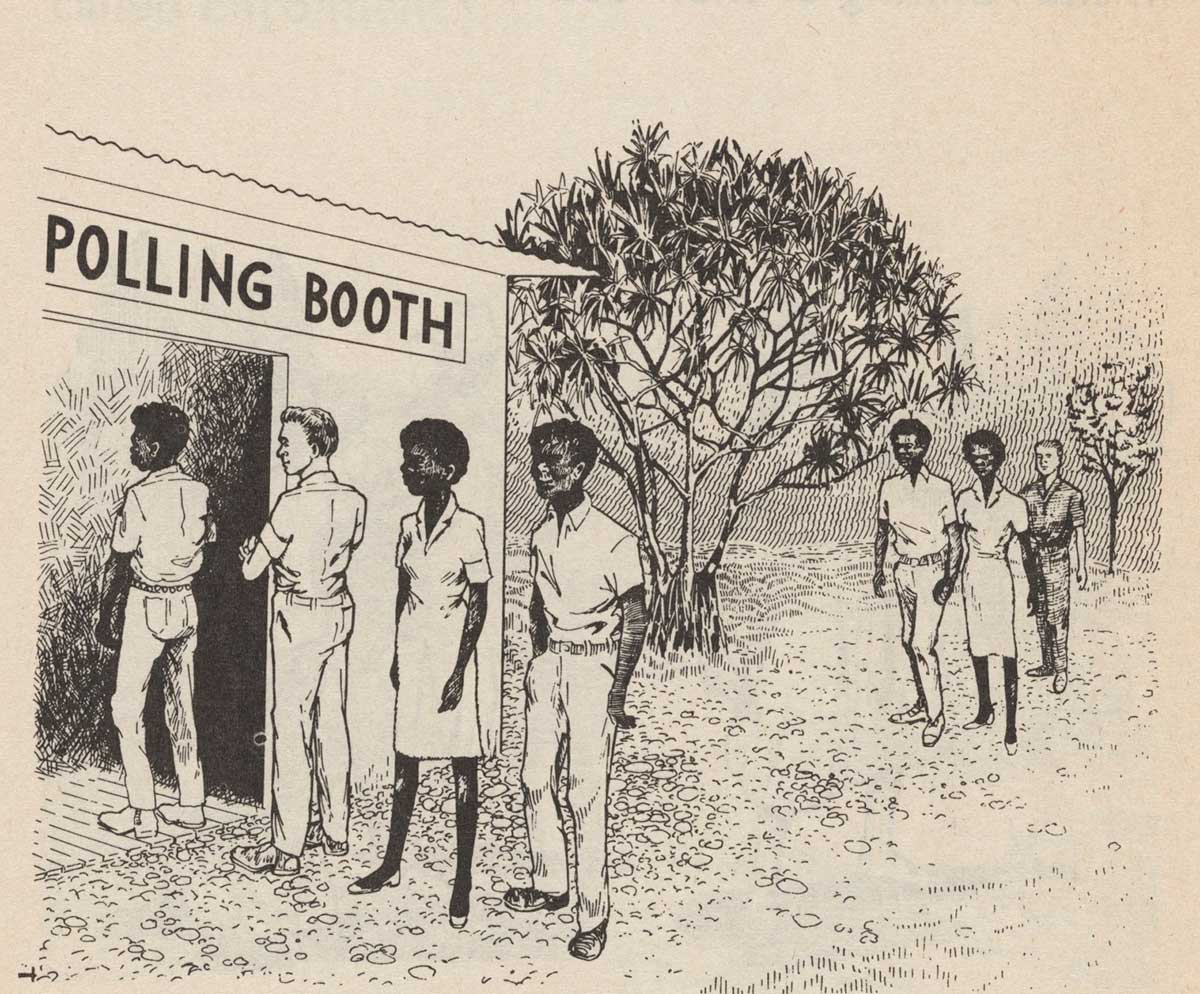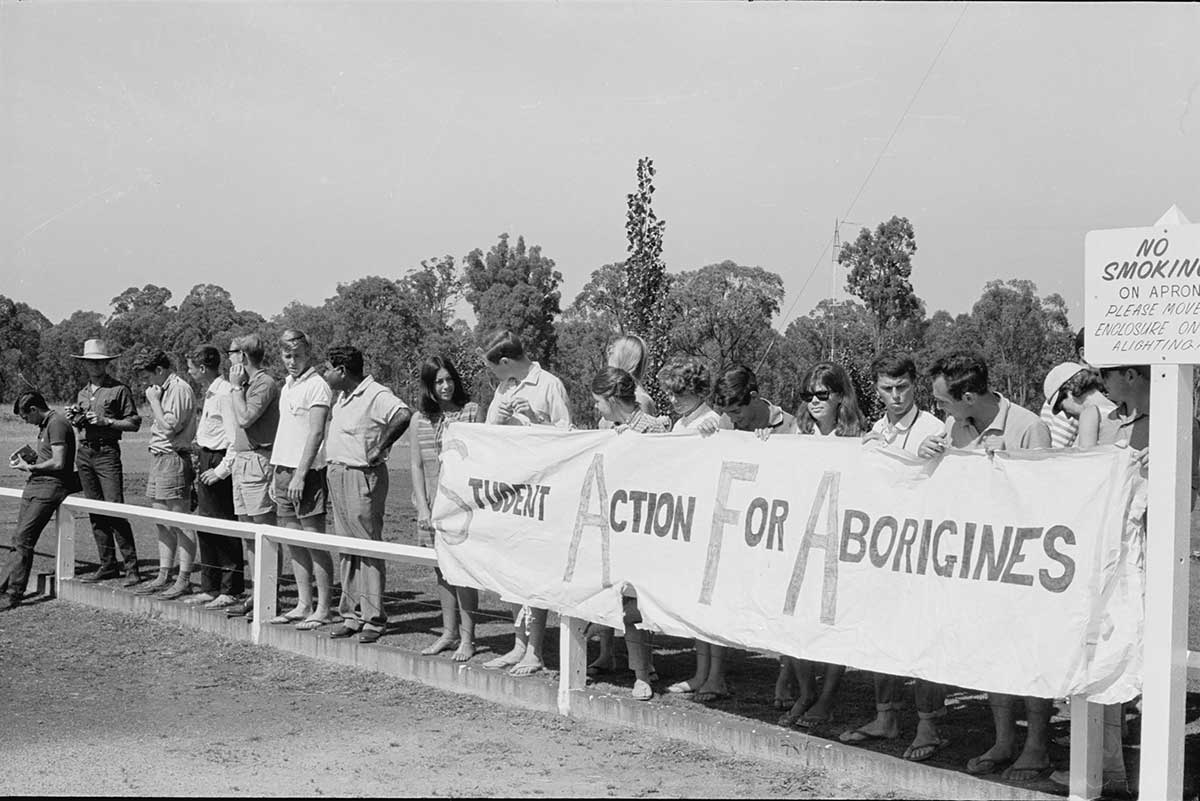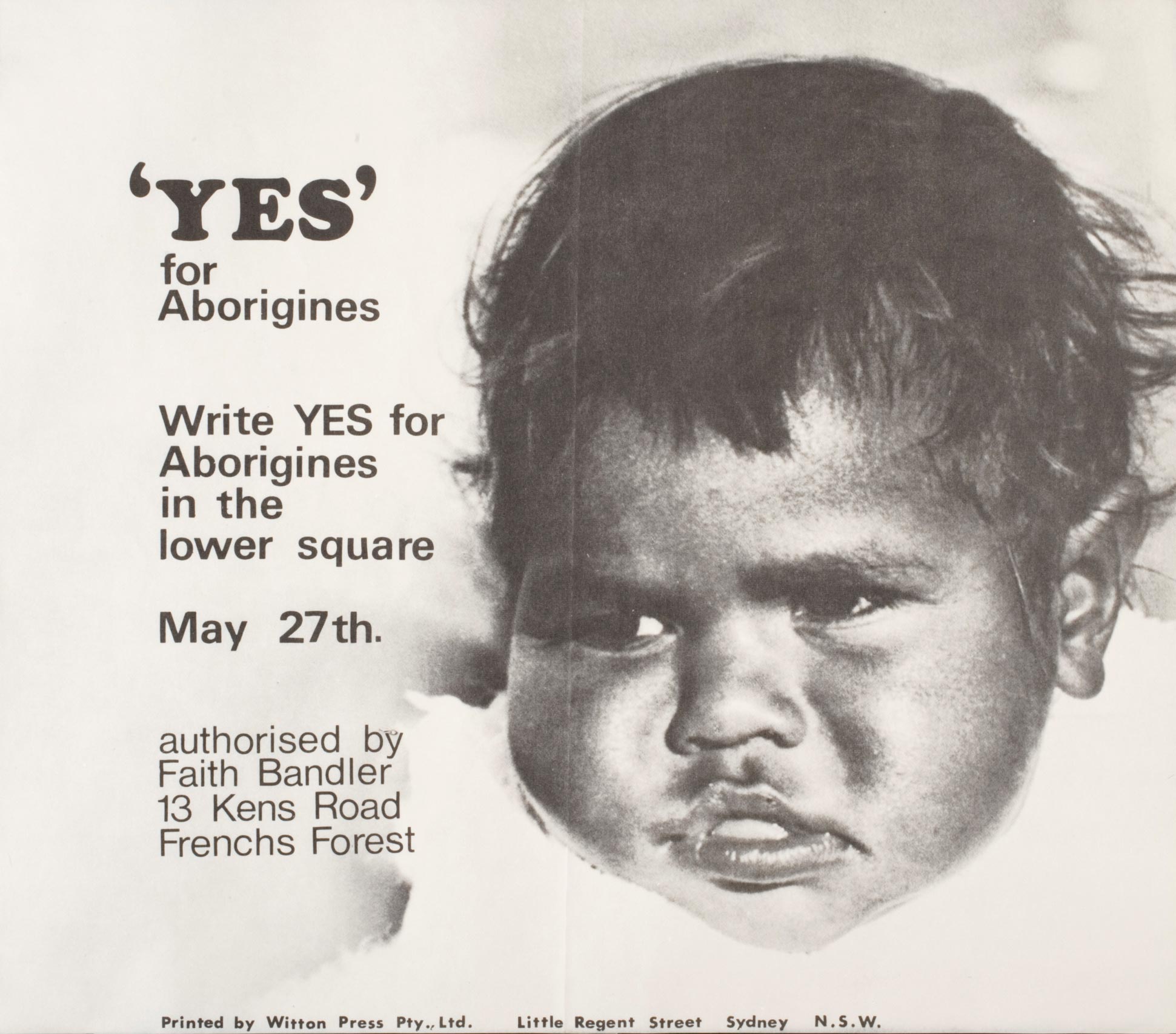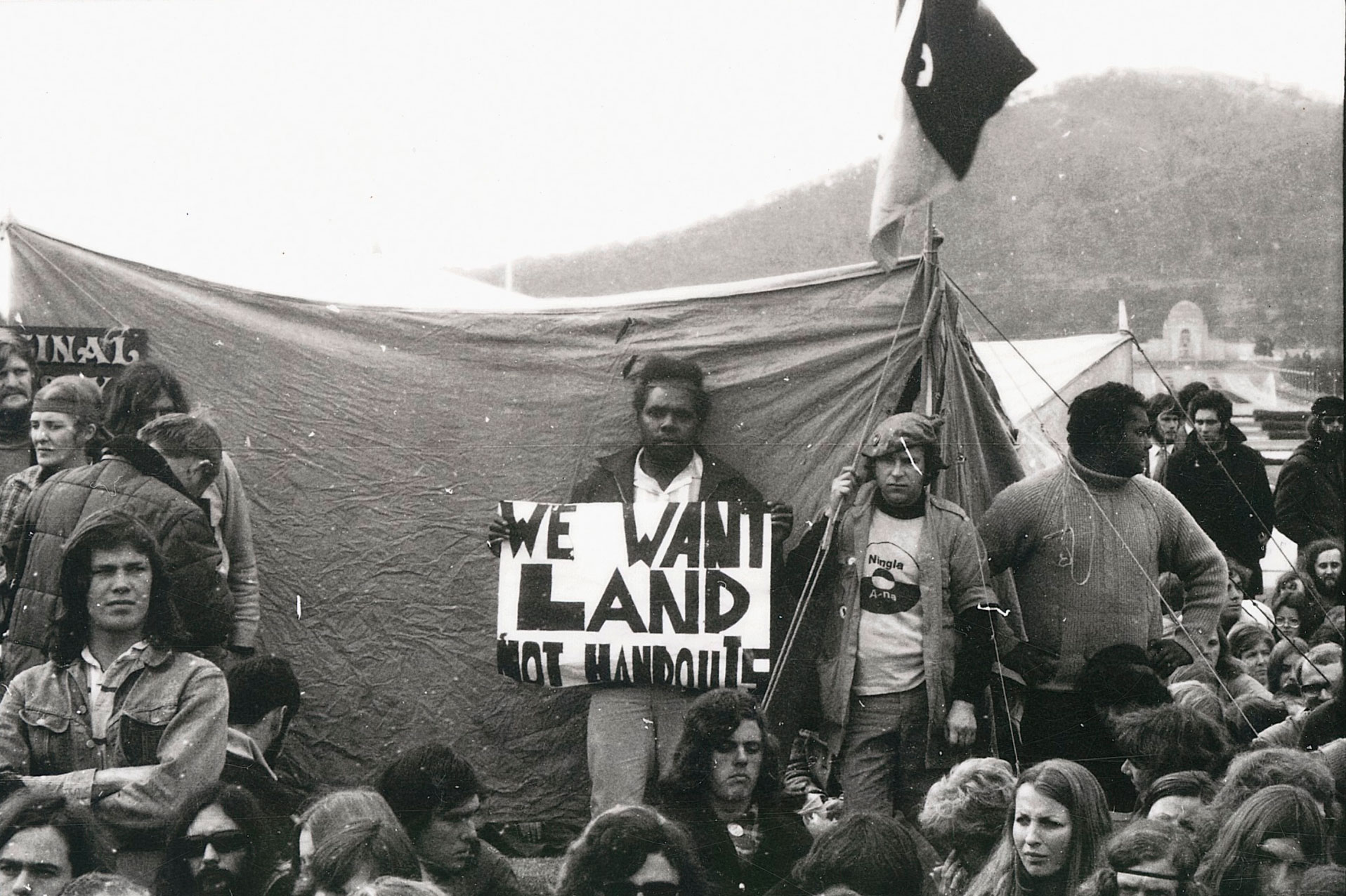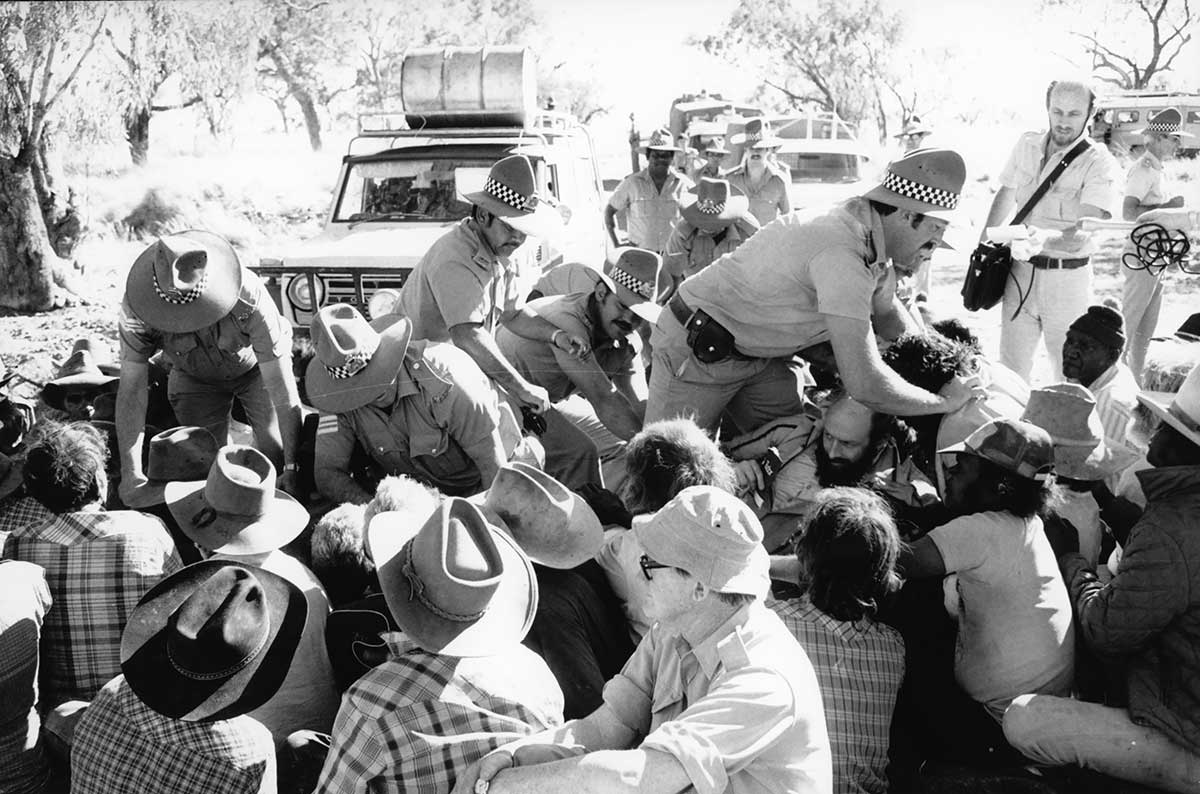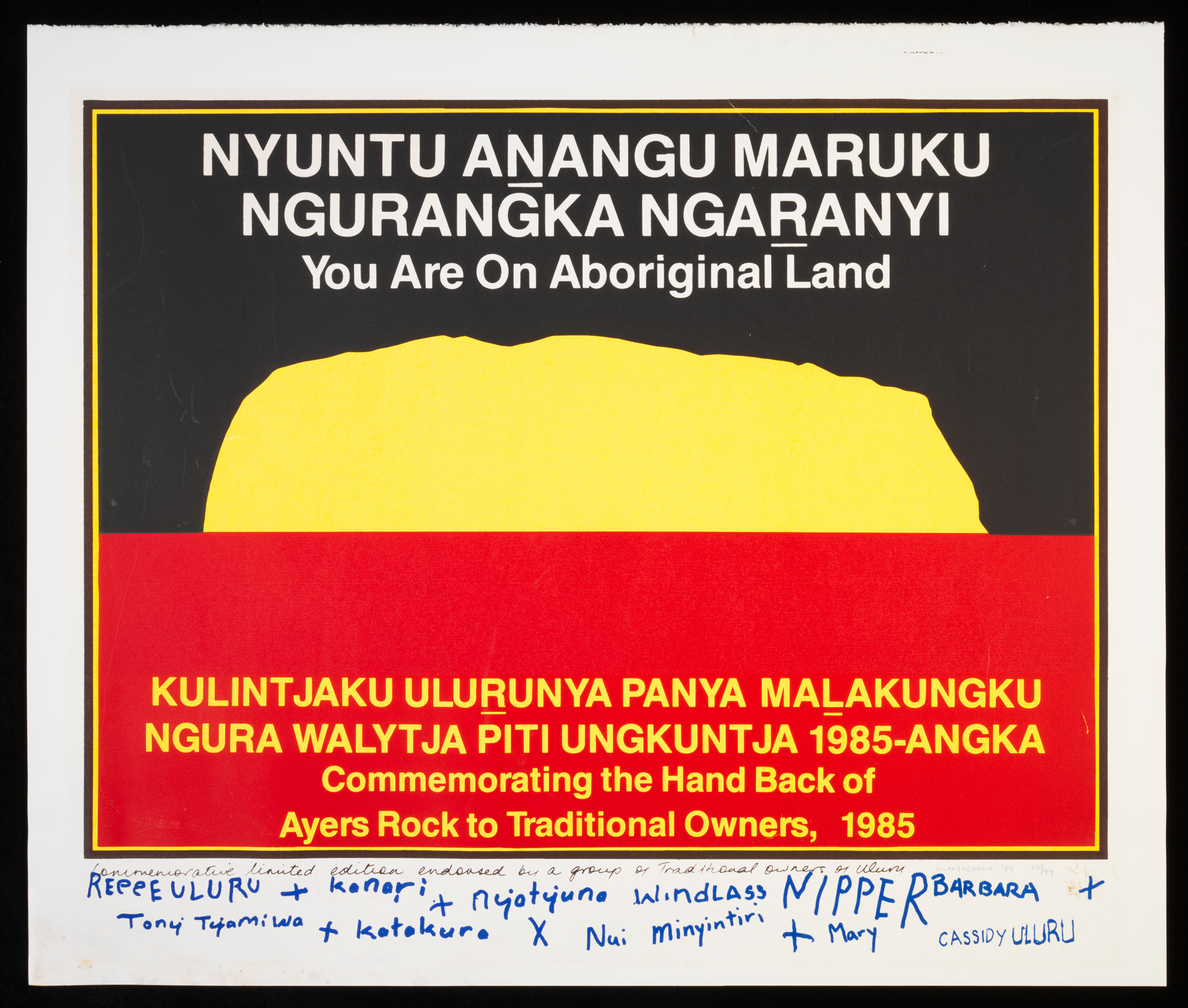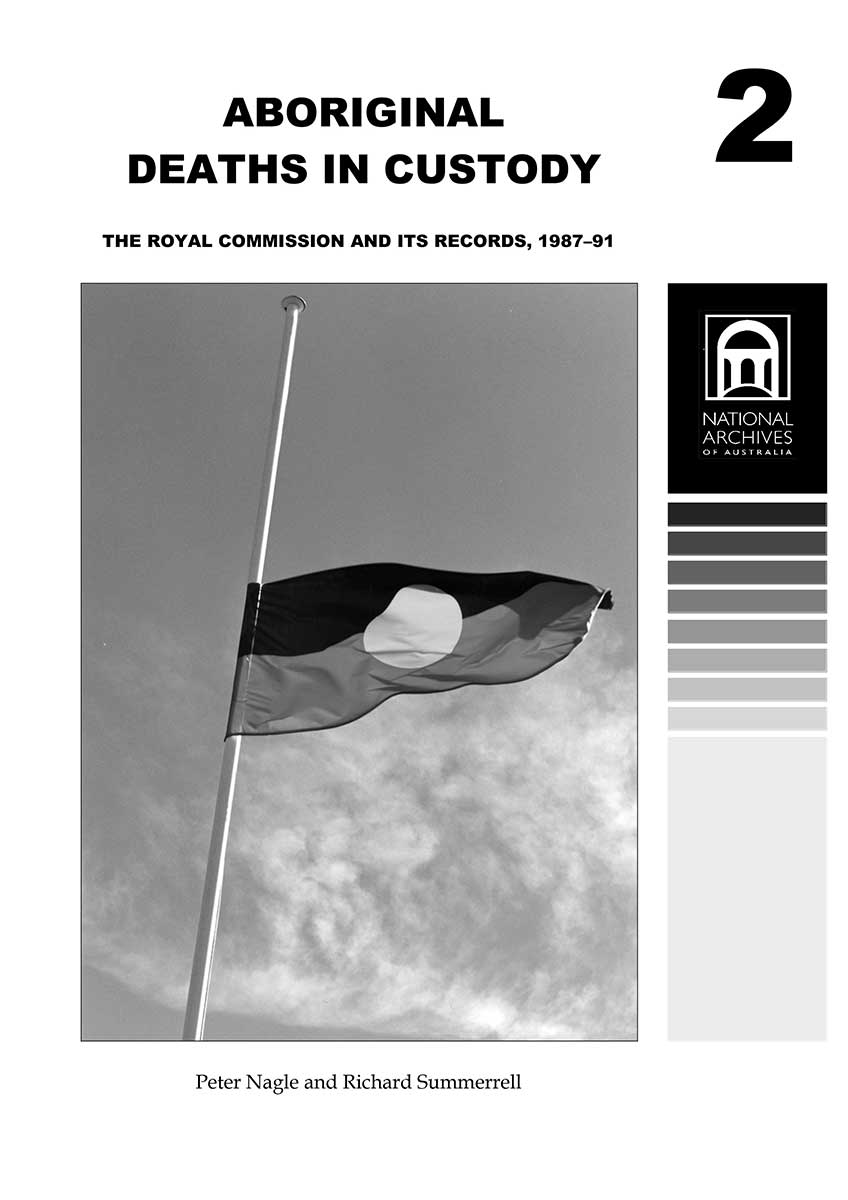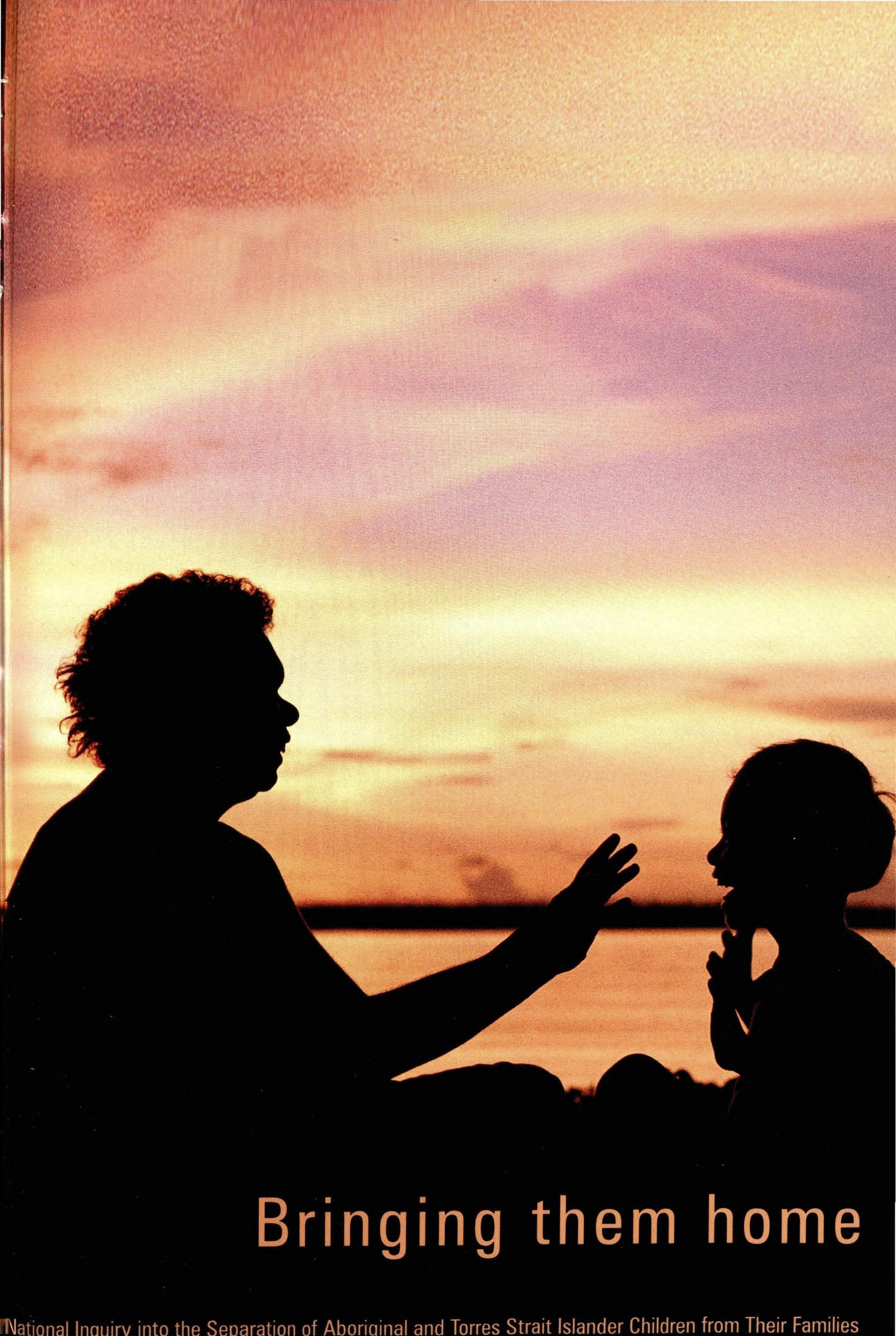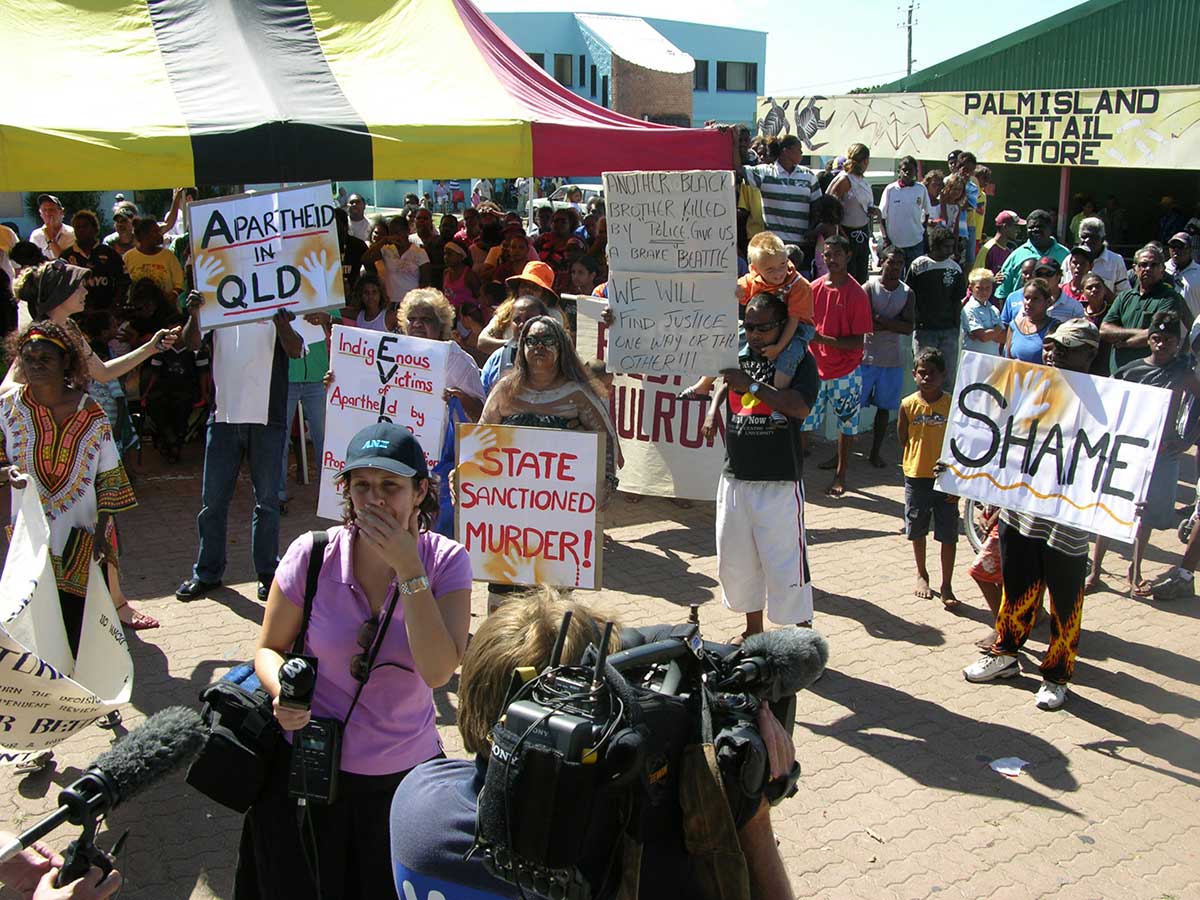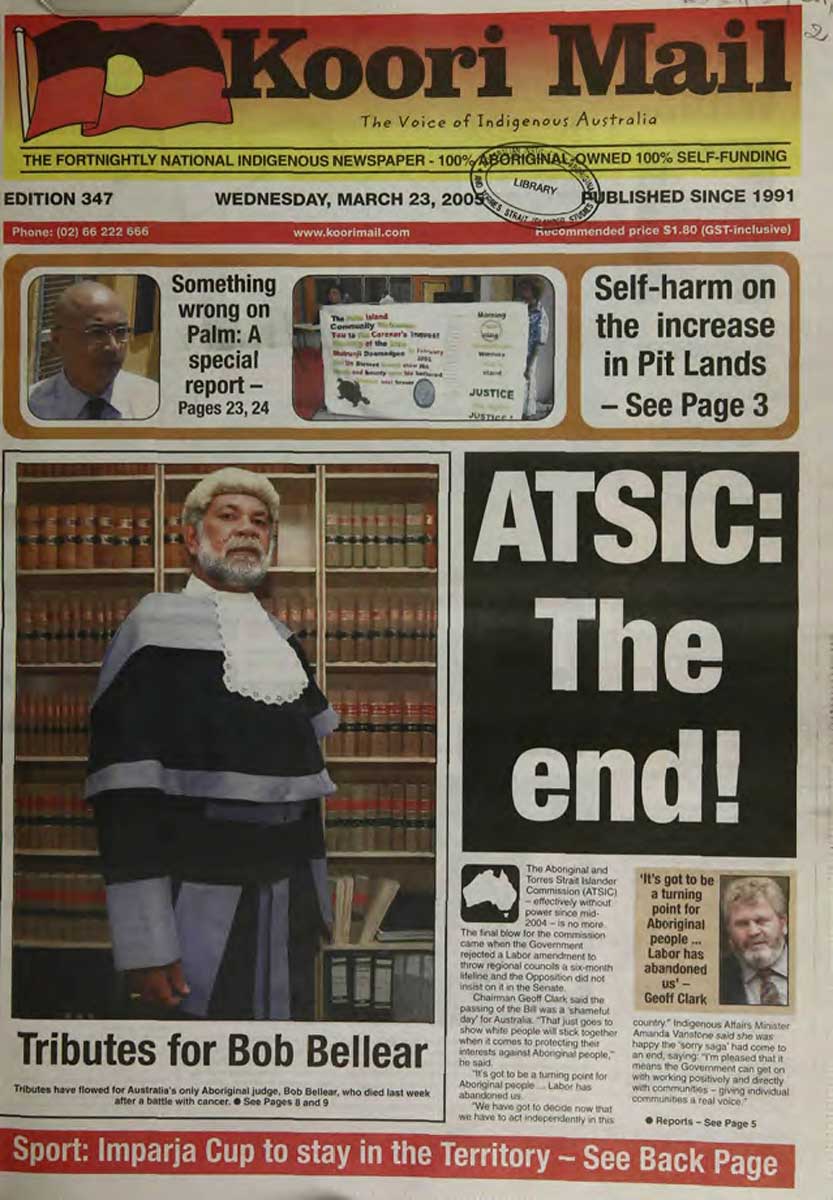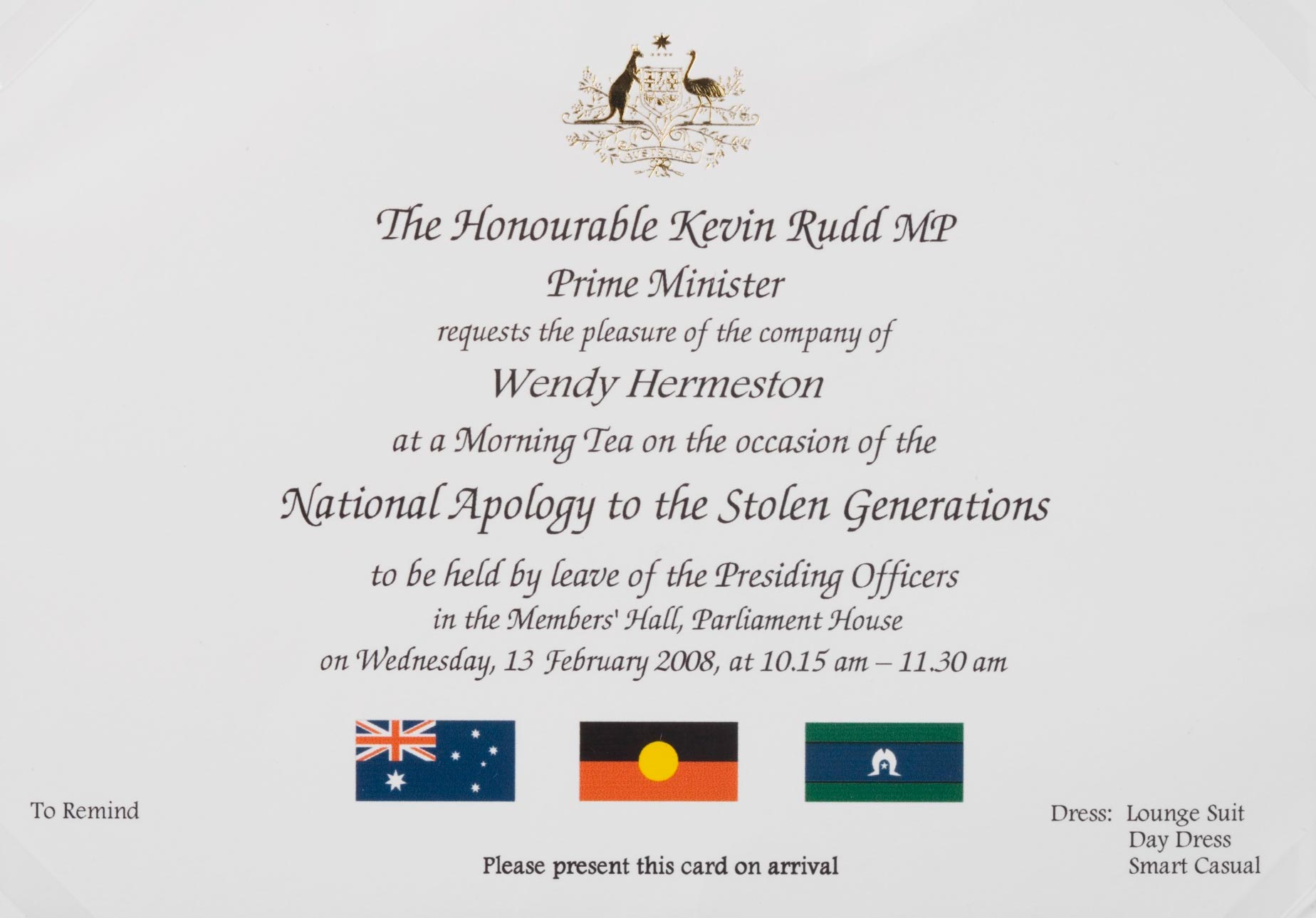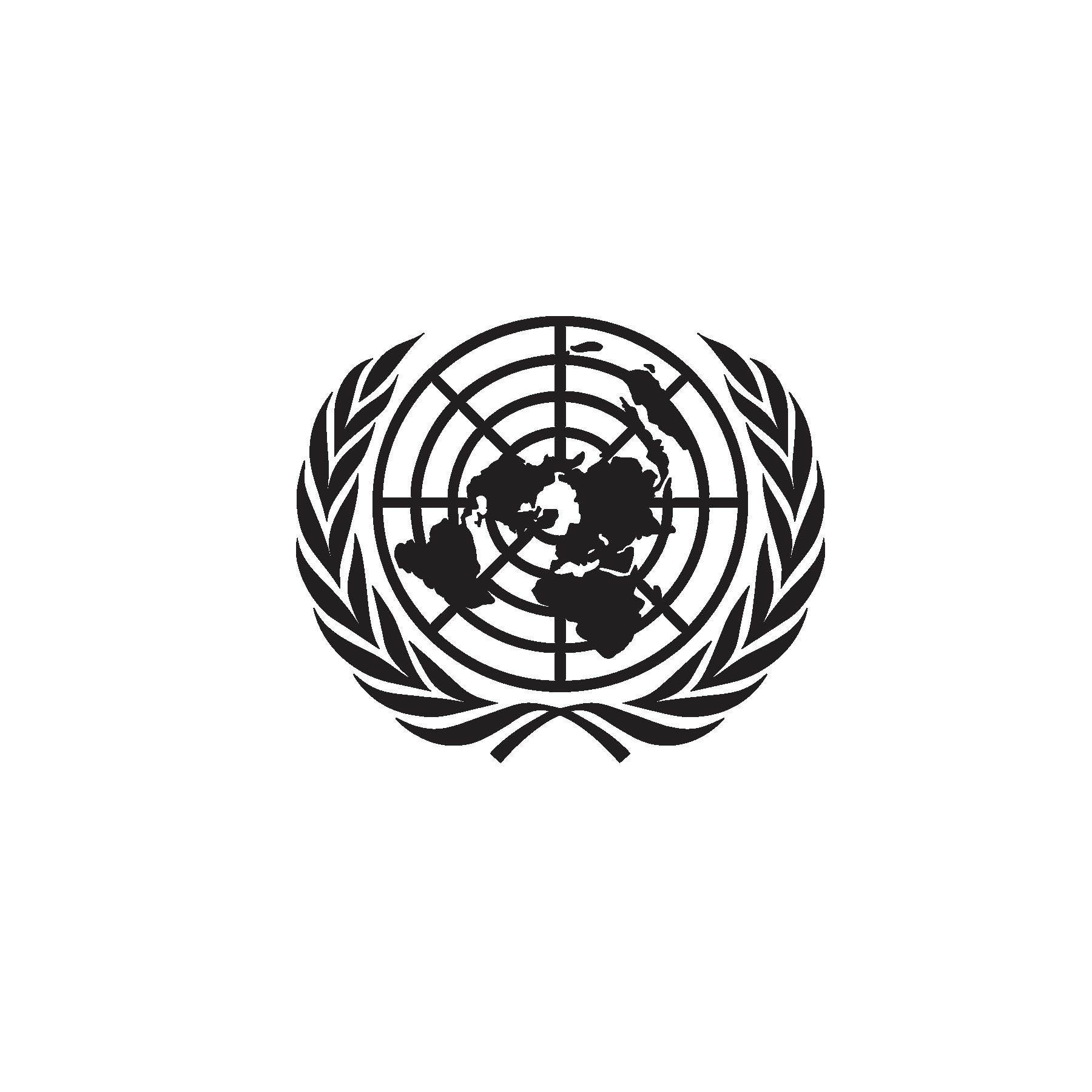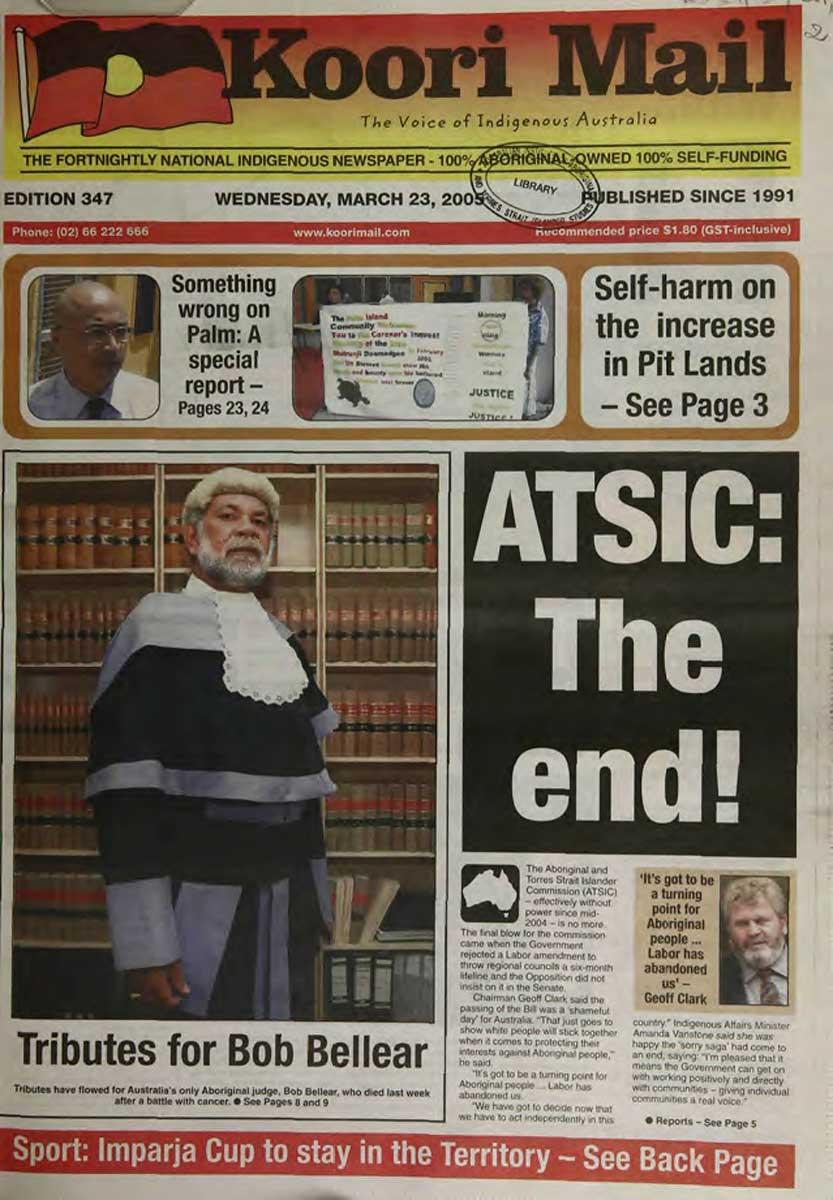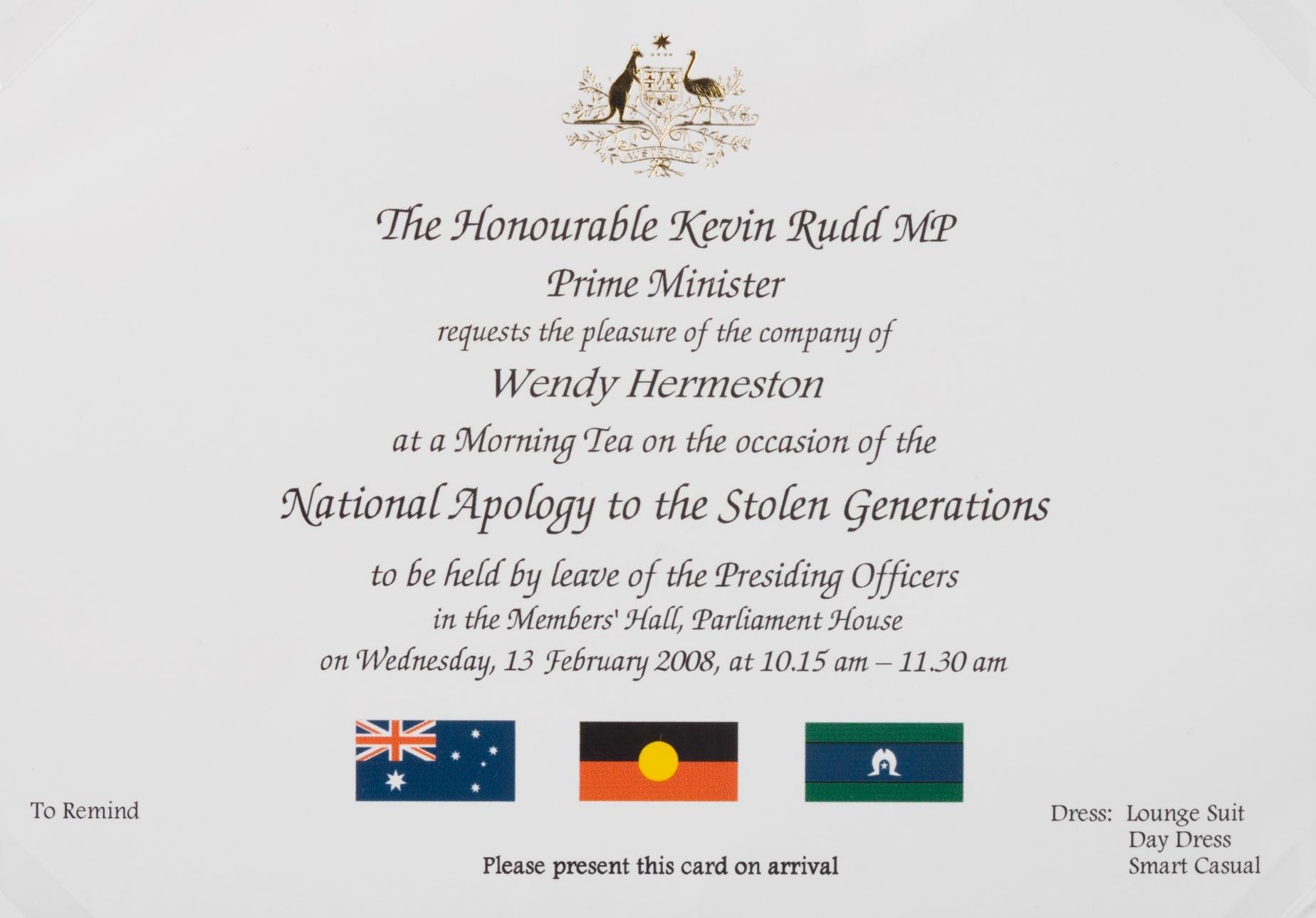Learning module:
Rights and freedoms Defining Moments, 1945–present
Investigation 1: Exploring Aboriginal and Torres Strait Islander rights through key Defining Moments
1.25 2007 Northern Territory National Emergency Response
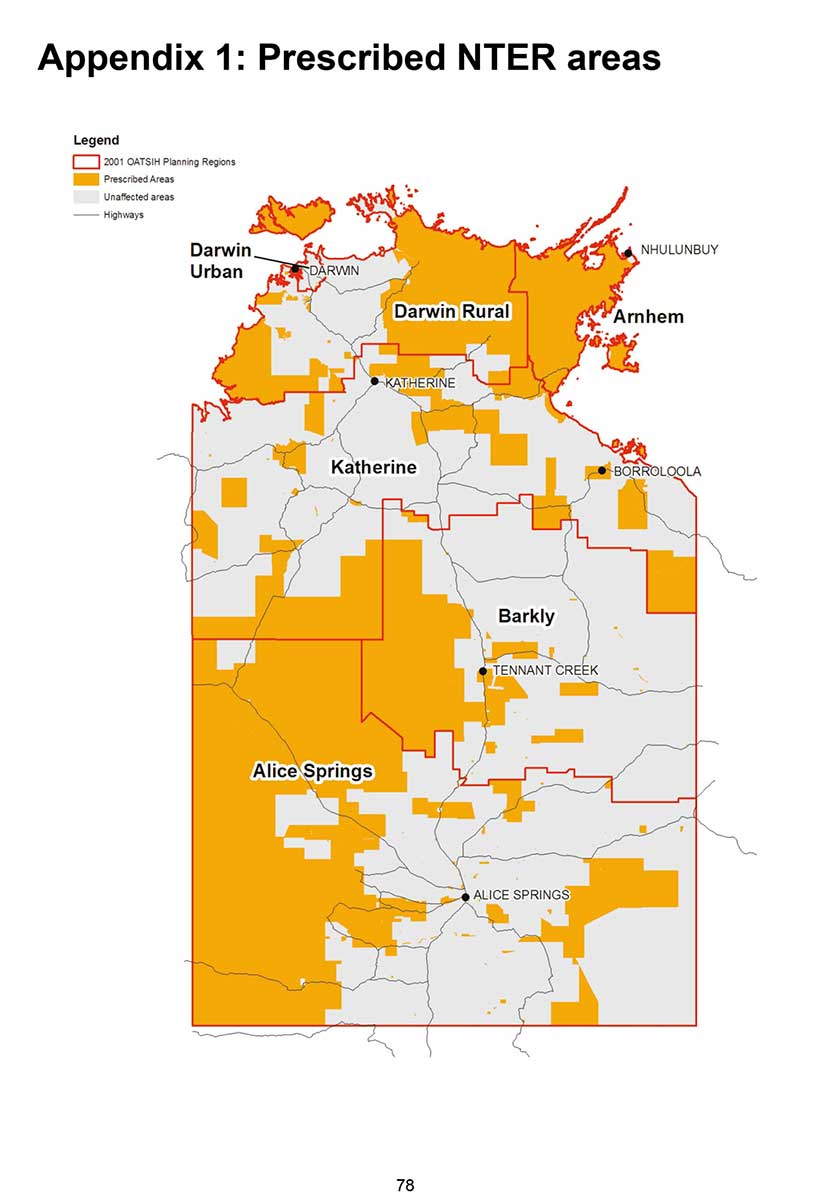
It is 2007.
There have been a number of shocking claims about violence and abuse of children in some remote Aboriginal and Torres Strait Islander communities in the Northern Territory.
The Australian Government has power to intervene, and some have called on it to do so. But if it does so, it might be accused of intervening on the basis of race.
What would the government do?
Read the information below from a report on the 2007 Northern Territory National Emergency Response and answer these questions.
In 2007 the Commonwealth Parliament passed an Act to allow the Australian Government to intervene in aspects of Aboriginal and Torres Strait Islander people’s lives. It is often referred to as the Intervention.
The measures were in response to allegations of child sexual abuse and neglect in some Aboriginal communities.
The Act authorised the sending of soldiers into communities to help develop infrastructure, restrictions on alcohol, pornography filters on publicly funded computers, changes to bail conditions to remove the inclusion of customary law and cultural practices as considerations in granting bail, and quarantining portions of welfare payments to those judged to have neglected their children.
To do this the Act had to override the operation of the Racial Discrimination Act 1975.
The measures received both support and opposition from different Aboriginal and Torres Strait Islander leaders.
Supporters argued that existing laws and measures had failed, and something drastic was needed to protect children from dangers.
Opponents argued that it painted all men as guilty, slandered communities and that it had been passed with little consultation with local people.
The Emergency Response was replaced in 2011 with the Stronger Futures policy, a package of social welfare measures designed to improve Aboriginal people’s education, health, justice and social outcomes.
Based on Australian Human Rights Commission, Social Justice Report 2007 — Chapter 3: The Northern Territory ‘Emergency Response’ intervention, https://humanrights.gov.au/our-work/social-justice-report-2007-chapter-…, viewed 14 October 2020
1. What was the ‘Intervention’?
2. How could it be said to have detracted from Aboriginal people’s citizenship rights?
3. How could it be said to have improved Aboriginal people’s citizenship rights?
4. What was the significance of the Northern Territory National Emergency Response for Aboriginal and Torres Strait Islander people’s rights?
5. How would this event have influenced the development of Aboriginal and Torres Strait Islander people’s rights over time?






